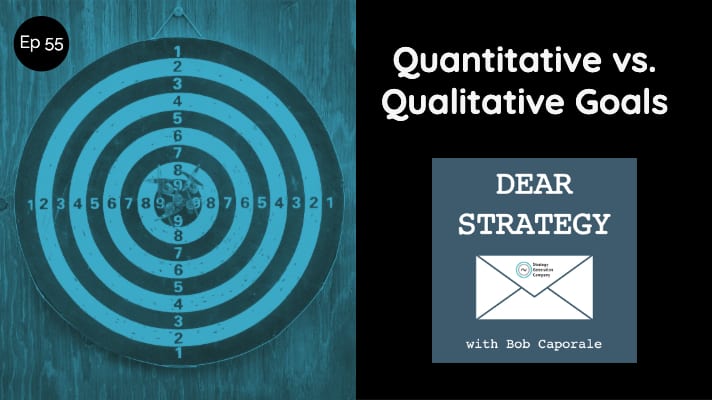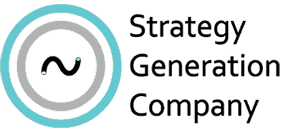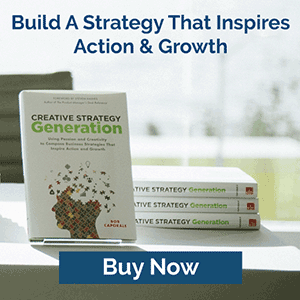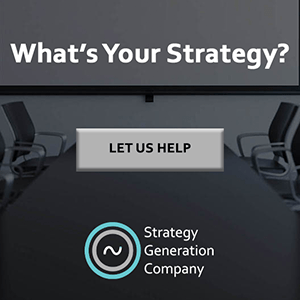Dear Strategy:
“In a finance and numbers driven organization, how do you build a case on projects that have more qualitative benefits than specific quantitative benefits?”
Before I get to my answer, and only because I always seem to get these two seemingly similar terms confused, let’s first clarify the difference between “qualitative” and “quantitative” benefits:
Qualitative refers to measuring the quality of something.
Quantitative refers to measuring the quantity of something.
In business, we typically think about qualitative benefits as having to do with things like emotional value, brand reputation, and other such concepts that may lack any hard data points. Whereas, on the other side of the spectrum, quantitative benefits would typically involve anything that can clearly be measured as being true or false, without having to rely on any amount of subjectivity or opinion.
It follows, then, that one might interpret qualitative benefits as falling into the category of “that which cannot be measured,” and quantitative benefits as being in the category of “that which can be measured.” And given the context of the question at hand, my assumption is that this is exactly the interpretation that may be at play here.
So, the first part of my answer would be to do away with the idea that quantitative benefits are the only types of benefits that can be measured. Qualitative benefits can, and should, be measured as well. It’s just that you are measuring quality rather than quantity. Granted, it may be a softer measurement, but it is a measurement nonetheless.
So how do you measure the quality of a benefit?
To help illustrate this, let’s look to the non-profit world. How many times have you seen commercials for St. Jude Children’s Research Hospital? Or Shriners Hospitals for Children? Charitable organizations like these are funded by donations, which means that they need to ask for money from investors without providing any direct financial benefit in return. Said differently (and in the same terms as the question at hand), they need to “build a case on projects that have more qualitative benefits than specific quantitative benefits.”
So how do they do it?
First – they make an emotional connection by showing us how we can help improve someone else’s life. So, we see people in need, and then we see some depiction of how our donations can ultimately help to improve the quality of those same people’s lives. And although this may not be a completely tangible measurement, it is still a measurement that we can, and do, relate to.
But there is a second step – and that is, to actually support the initial emotional connection with real facts. This can come in the form of true patient stories, breakdowns on where and how money is being spent, or even hard data on exactly how the quality of life has been improved for donation recipients over time.
When I lived in Memphis some years back, I had the opportunity to take a tour of the St. Jude facilities. And I remember one of the most impactful parts of that tour was to see how pediatric survival rates for the most common form of childhood cancer went from somewhere in the range of 4% in the 1960’s, to over 90% today. Now, if that’s not a measurement of quality, I’m not sure what is.
(By the way, if you want to read more about the history of this incredible accomplishment, please visit the St. Jude Timeline Page).
At this point you might be asking yourself, “If I’m presenting hard data to validate the qualitative benefit, wouldn’t that be considered quantitative?” Maybe – but I’m not sure that it matters what you call it. The point is that if you’re trying to sell someone on some seemingly qualitative benefit, you have to find a way to measure that benefit to some degree. Because, even with the initial emotional connections in place, your investors not only want to feel that they’re making a difference, they also want to eventually know that they’re making a difference. Otherwise, they may just stop investing.
Now, I could probably end my answer here, but I would be remiss if I didn’t also say that measuring qualitative benefits alone probably won’t be enough in most “for-profit” companies. I mean, for-profit companies are just that – for profit. So, as much as we might want to believe otherwise, for-profit companies that want to make a difference in the world, also need to make some financial difference for their shareholders as well.
So if you work in the for-profit world, yes – you should measure your strategy’s qualitative benefits by showing your investors exactly what those benefits are expected to be. But then you should also show how those qualitative benefits will eventually result in some quantitative benefit such as revenue growth, profit growth, or additional shareholder value. Because if your world-changing, for-profit company doesn’t eventually make some money, I’m afraid it won’t be able to change much of anything at all.
Listen to the podcast episode
Dear Strategy: Episode 055
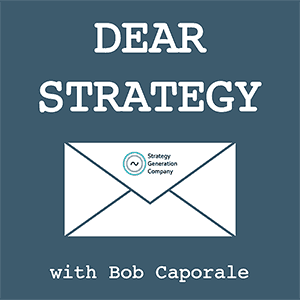
If you’re interested in learning more about the organizations mentioned in this post, you can do so by clicking below:
St. Jude Children’s Research Hospital
Shriners Hospitals for Children
###
Bob Caporale is the founder of Strategy Generation Company, the author of Creative Strategy Generation and the host of the Dear Strategy podcast. You can learn more about his work by visiting bobcaporale.com.


